The story of Jesus and two disciples on the road to Emmaus is recounted in the Gospel of Luke, specifically in Luke 24:13-32. It takes place after the crucifixion and resurrection of Jesus.
According to the Gospel of Luke, two disciples of Jesus were walking from Jerusalem to a village called Emmaus, which was about seven miles away. As they walked, they were discussing the recent events that had taken place, particularly the crucifixion of Jesus and the rumors of His resurrection.
While they were engaged in conversation, Jesus Himself approached them, but they were kept from recognizing Him. Jesus asked them what they were discussing, and they were surprised that He seemed unaware of the events that had occurred in Jerusalem. They recounted the crucifixion of Jesus and their dashed hopes that He would be the one to redeem Israel.
Jesus, in response, reproached them for their lack of understanding and opened the Scriptures to them, beginning with Moses and all the prophets, explaining to them the things concerning Himself. He pointed out the prophecies that foretold the suffering and glory of the Messiah. However, the disciples still did not realize that it was Jesus who was speaking to them.
As they approached the village of Emmaus, Jesus appeared to be going farther, but the disciples urged Him to stay with them, as it was getting late in the day. So, Jesus went in to stay with them, and as they sat down to eat, Jesus took bread, blessed it, broke it, and gave it to them.
At this moment, their eyes were opened, and they recognized Jesus. However, as soon as they recognized Him, He vanished from their sight. They exclaimed to one another, “Did not our hearts burn within us while He talked to us on the road, while He opened to us the Scriptures?”
Filled with joy and excitement, the two disciples immediately returned to Jerusalem to share the news with the other disciples. There, they found the eleven apostles and others gathered together, who confirmed that the Lord had indeed risen and appeared to Simon Peter.
The story of Jesus and the two disciples on the road to Emmaus carries several important themes. First, it highlights the fulfillment of the Old Testament prophecies concerning the Messiah. Jesus showed the disciples how all the Scriptures pointed to His suffering and subsequent glory.
Secondly, it underscores the significance of the breaking of bread. When Jesus took the bread, blessed it, broke it, and gave it to the disciples, their eyes were opened, and they recognized Him. This event prefigures the Last Supper and the institution of the Eucharist, where Jesus is present in the breaking of the bread.
The road to Emmaus appearance is one of the early resurrection appearances of Jesus after his crucifixion and the discovery of the empty tomb.
It is the purpose of this series is to have the observer experience and find hope and meaning in the profound and captivating depiction of the Passion, Burial and Resurrection of Christ. This collection honors the life of Jesus Christ and is a testament to His faith, His sacrifice, and the enduring power of His love. Don’t miss the opportunity to bring one of these paintings into your home or church as an original work of art or as a print and be moved by its timeless message.












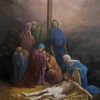
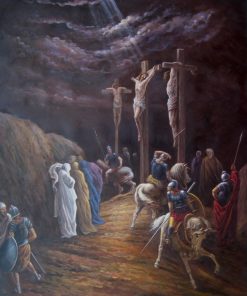
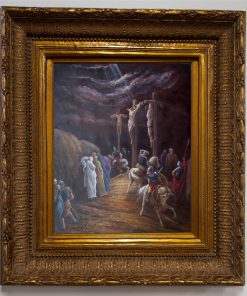
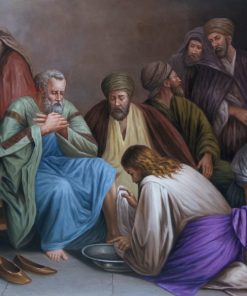
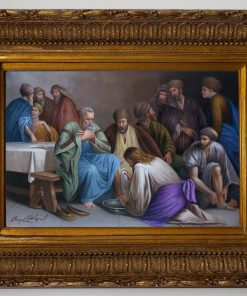
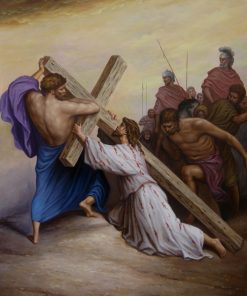
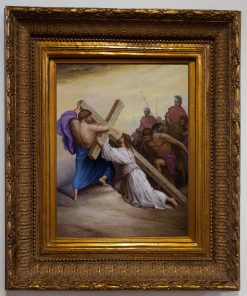
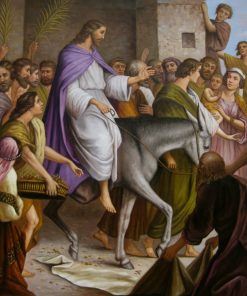
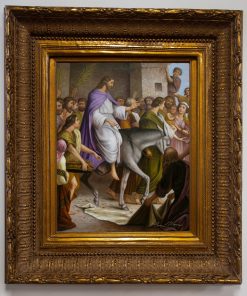

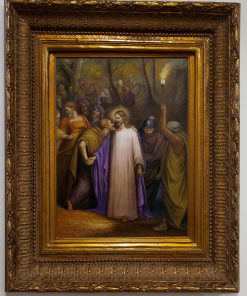



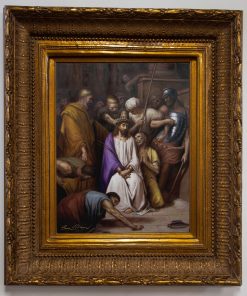
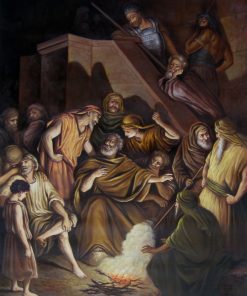
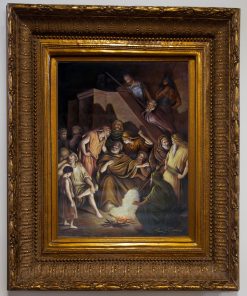








Reviews
There are no reviews yet.